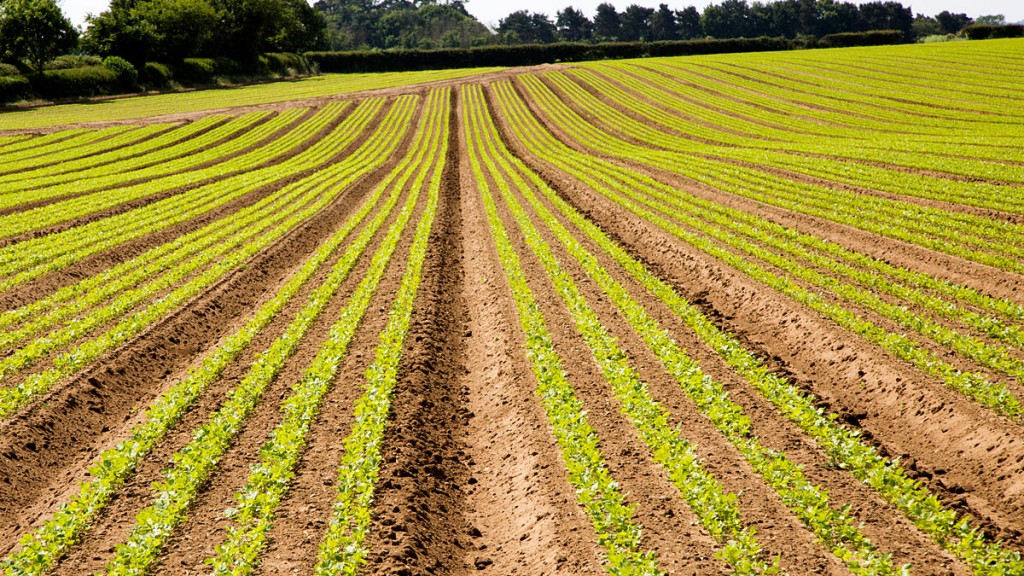
My interview with Nick Train in this week’s magazine (out on Friday – sign up now if you’re not already a subscriber) talks about the extraordinary capacity for transformation in the UK and US corporate sectors. According to Train, digitalisation will collapse costs, free up cash and make stock prices soar; there is a productivity revolution ahead.
After I sent the interview off to the production desk I sat down to read The Farmers Club Autumn Journal (we all relax in different ways). And there I read more about how new technology is going to do exactly the same to farming.
We’ve written here before (often) about how robots and new types of “just-in-time” irrigation and fertilisation techniques will transform the yields from all types of crops. But the really interesting stuff seems to be happening in the world of soils.
At the heart of farming, says Hugh Goldworthy, is the living soil itself, something made up of a mix of “viruses, bacteria, fungi, algae, earthworms, nutrients and various chemical compostions” – and something we know almost nothing about. “Current scientific understanding of bacteria alone in the world’s soils is put at 5% at best.”
What we apparently do know, however, is that things happen very quickly in soil. Bacteria “population spikes” can happen in as little as 20 minutes – meaning that taking samples and sending them to labs is verging on pointless. By the time the sample gets to the lab, the soil left behind could be completely different.
So if we want to increase yields by working on maximising the biological balance of soil, we have to test in situ. This is now possible – we can see how pH levels vary at depth and assess the bacteria and fungi populations. Then we can use “biomanipulation” to influence soil and plant performance (and to reduce the use of herbicides, fungicides and pesticides).
It looks like it might work. Goldsworthy – who reckons that this “technology will be as relevant to the farming of the future as the plough was to the farming of the past” – notes the case of a golf course that had been spending £15,000 a year on fertilisers and chemicals using biomanipulation to bring it down to a couple of hundred pounds.
Imagine that kind of saving extrapolated throughout the agricultural sector. Extraordinary capacity for transformation indeed. There’s an academic paper on this here for other people who like reading about farming.